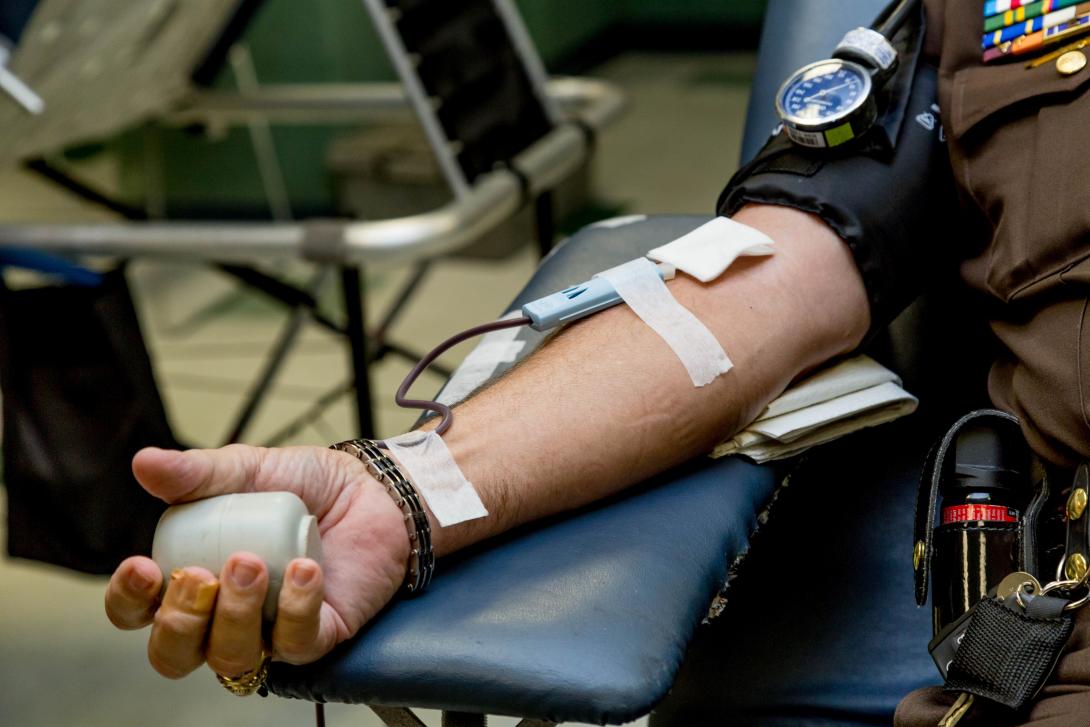
The American Red Cross recently announced an emergency blood shortage, as donations have reached an all-time low.
According to the nonprofit, over the last two decades, the number of people donating blood has declined by 40%.
Angel Montes, regional executive of donor services for the American Red Cross Cascades Region, says the need for blood is dire.
“The Red Cross needs to collect about an additional 8,000 blood donations each week over the next couple of weeks just to be able to recover,” he said.
Along with a declining donor base, the agency recently faced a number of canceled blood drives across the country due to weather events. No other state had as many canceled drives as Oregon.
Claire Murphy, a pathologist and medical director of the PeaceHealth Sacred Heart Medical Center Riverbend Hospital Laboratory and Blood Bank, says weather challenges disrupted the supply of blood, plasma and platelets they receive.
“At one point, we only had one platelet for the entire county,” Murphy said, referring to the bags of fluid. “We’re constantly at this edge because we don’t really have the buffer zone anymore that we used to 20 years ago.”
At times like this, when only one bag of platelets is available but is needed by multiple patients, Murphy has to triage care to address more immediate emergencies. This means occasionally asking patients to wait for treatment or contacting other hospitals in the area to see if they can use some of their supply.
“It’s a scary place to be,” she said. “We just sort of hope for the best. It is scary, and that’s why we need donors to donate regularly.”
According to Montes, the pandemic did play a role in dwindling donations, as schools and businesses that used to hold blood drives went virtual.
He says there are also challenges trying to tap into younger donors 18 to 24, who have been on the decline. On the other hand, folks that are 65 years and older have increased their donations.
According to Montes, the reason for this could be that as we age, we know more people who have received a life-saving donation, or have a personal experience ourselves.
“It’s not that we have a generation that doesn’t want to give, it’s that we need to ensure that we have the opportunity to be on campus to educate,” he said.
Murphy sees blood as a vital resource that has the ability to save lives.
“The gift of blood is the gift of life,” Murphy said. “There are people who need you and just 15 to 20 minutes of your time at a local blood center every 56 days can mean someone survived a traumatic event.”